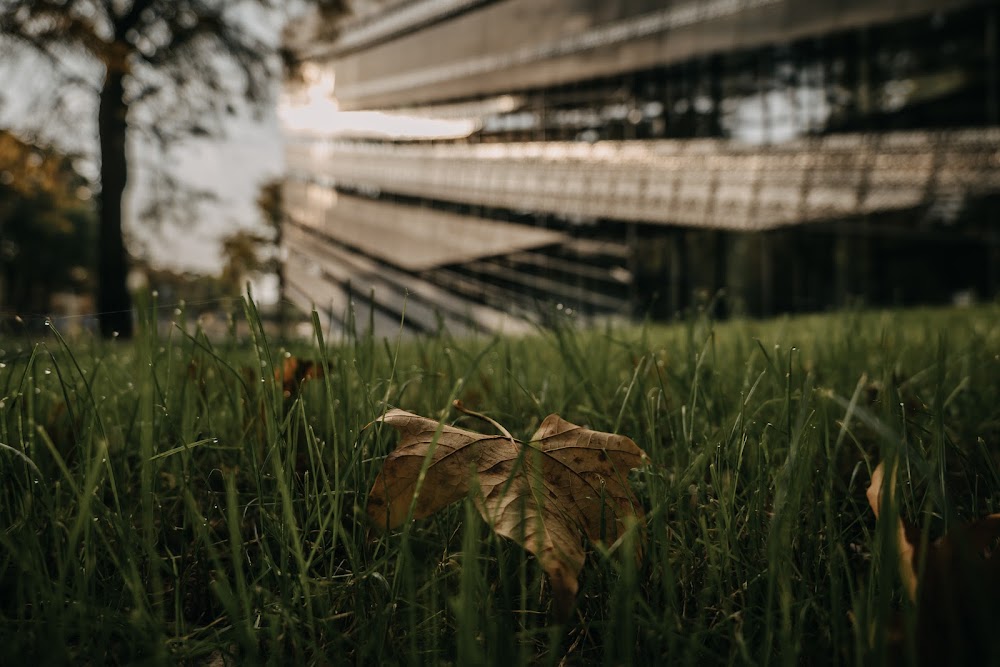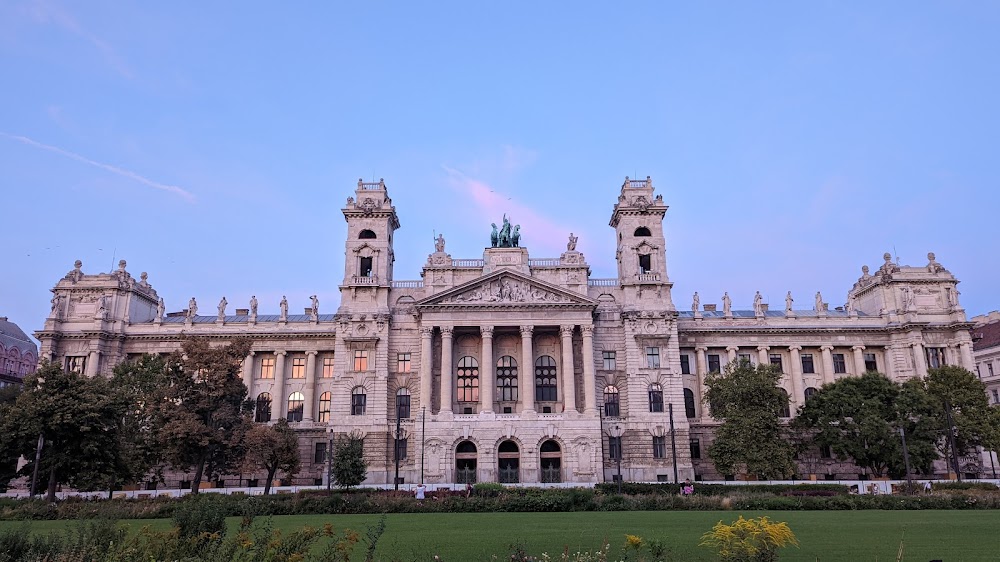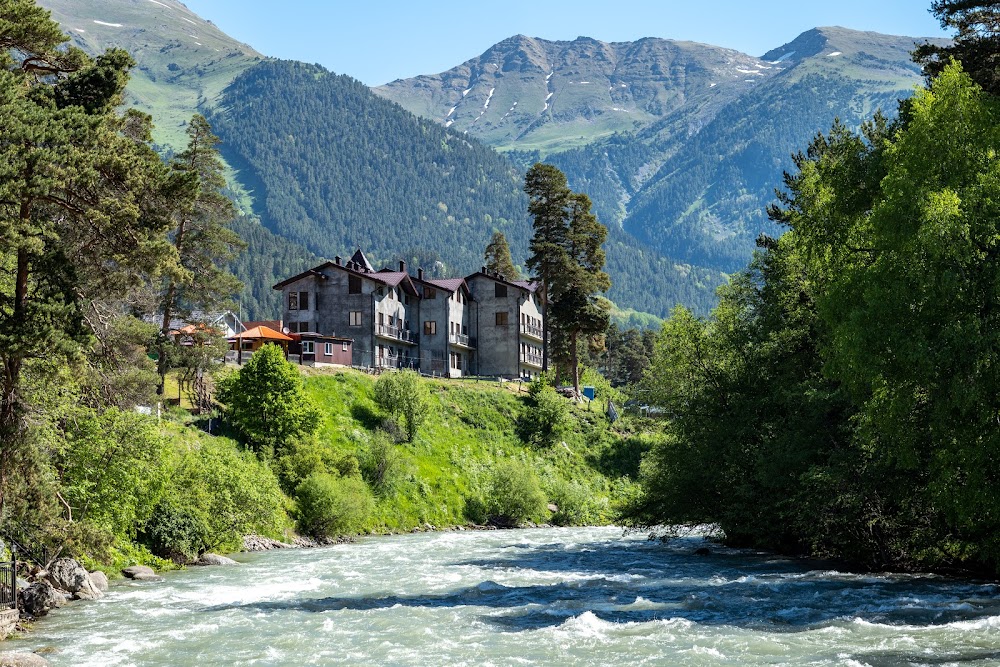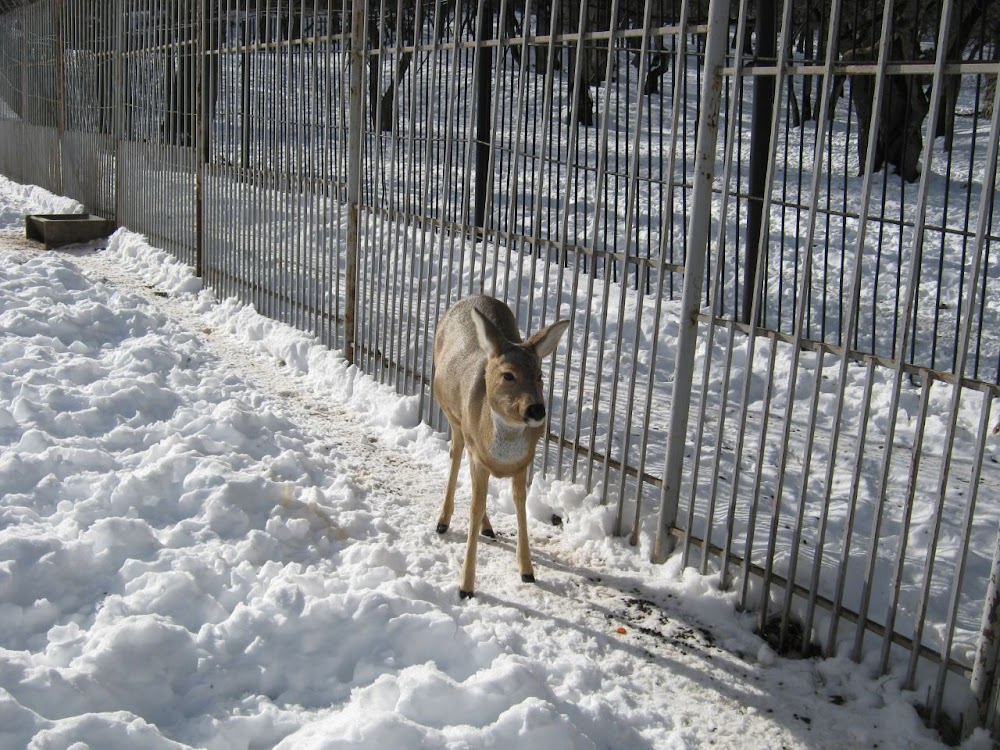Khabez Ethnographic Museum (Хабезский этнографический музей)
Overview
The Museum of Ethnography, also known as the Khabez Ethnographic Museum, is a true treasure located in the heart of the Karachay-Cherkess Republic of Russia. Nestled in the quaint town of Khabez, this museum serves as a vibrant repository of the cultural and historical heritage of the local communities, particularly the Karachays, Cherkess, and other ethnic groups of the region.
Founded in the early 1990s, the museum was established with a primary goal: to preserve and showcase the traditional lifestyles, customs, and crafts that define the area's rich heritage. With the collaboration of local historians and community leaders, the museum was born from a shared vision of creating a space for both locals and visitors to learn about and appreciate the diverse cultural backgrounds that shape this unique region.
Initially, the museum started with a modest collection of artifacts gathered from the local community, including traditional clothing, household tools, agricultural implements, and various crafts. Over time, the collection expanded as residents generously donated family heirlooms, resulting in a broad display that now features ancient manuscripts, exquisite jewelry, musical instruments, and significant religious artifacts.
The construction of the museum building was a remarkable community effort. Despite limited financial resources, residents from Khabez and nearby villages contributed their time, labor, and materials. The building was thoughtfully designed to reflect the traditional architectural styles of the region, utilizing local stone and wood. The outcome is a structure that harmonizes beautifully with its surroundings, creating a functional and welcoming space for exhibitions and educational activities.
One of the museum's standout features is its extensive collection of traditional costumes. These garments are meticulously preserved and displayed, showcasing the intricate embroidery and vibrant patterns characteristic of the region's textiles. Each costume tells a unique story, offering insights into the social status, marital status, and regional affiliations of the individuals who once wore them.
Another significant section of the museum is dedicated to traditional crafts. Here, visitors can admire finely crafted items such as pottery, weaving, and metalwork. The museum frequently hosts live demonstrations by skilled artisans, providing an opportunity for visitors to witness these crafts in action and to learn about the techniques and materials involved in their creation.
The museum also highlights the region's agricultural practices, showcasing traditional methods of farming and animal husbandry that have sustained local communities for generations. Tools and equipment used in these practices are displayed alongside detailed explanations of their significance, offering a deeper understanding of the region's agricultural heritage.
In addition to its permanent exhibits, the Museum of Ethnography regularly hosts temporary exhibitions and cultural events. These activities include workshops, lectures, and performances that provide a richer insight into various aspects of the region's cultural heritage. The museum's educational programs are particularly popular, attracting school groups, researchers, and tourists eager to delve deeper into the area's unique traditions.
The museum staff are exceptionally knowledgeable and passionate about sharing their expertise with visitors. They often act as guides, providing detailed narratives that enrich the visitor experience and bring the artifacts to life, ensuring that everyone leaves with a greater appreciation for the region's cultural tapestry.
The Museum of Ethnography in Khabez is more than just a museum; it serves as a cultural hub that fosters pride and identity among the local population. By preserving and promoting the region's heritage, it plays a vital role in ensuring that the traditions and knowledge of the past continue to inspire and educate future generations.
In summary, the Khabez Ethnographic Museum stands as a remarkable testament to the collective efforts of a community dedicated to preserving and celebrating its cultural legacy. It offers a captivating window into the past while building a bridge to the future, making it an essential destination for anyone interested in the rich tapestry of life in the Karachay-Cherkess Republic.







